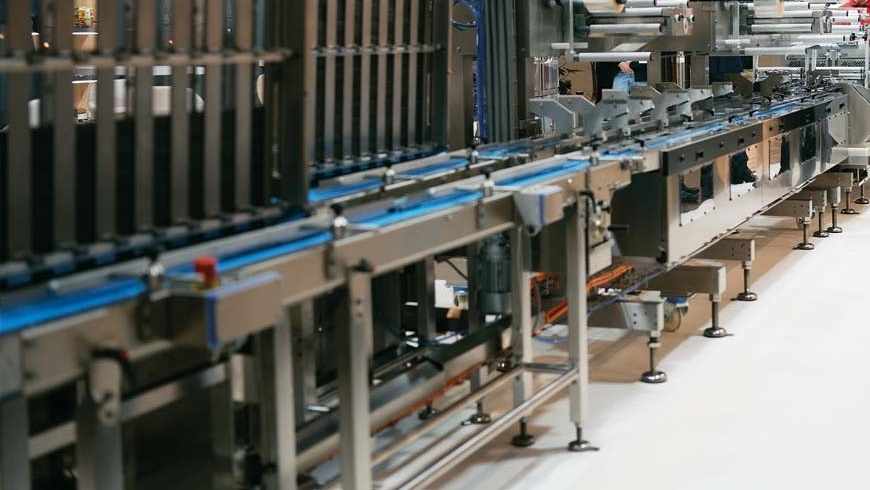
As the food and beverage industry seeks to balance efficiency with sustainability, understanding the environmental impact of conveyor systems becomes crucial. These systems play a vital role in production, but their design, operation, and maintenance can significantly affect the environment. This article explores the various environmental impacts of conveyor systems and offers strategies to mitigate these effects.
Energy Consumption
One of the most significant environmental impacts of conveyor systems is energy consumption. These systems often run continuously, consuming substantial amounts of electricity.
- Electricity Use: Conveyor systems can be energy-intensive, especially older models. High energy consumption contributes to greenhouse gas emissions, particularly if the electricity is sourced from fossil fuels.
- Energy Efficiency: Investing in energy-efficient conveyor systems can reduce electricity usage. Modern systems often incorporate energy-saving technologies, such as variable speed drives and energy-efficient motors.
Material and Resource Use
The materials used in the construction of conveyor systems also have environmental implications.
- Raw Materials: Conveyor systems are typically made from metals like steel and aluminum, as well as plastics. The extraction and processing of these materials can have significant environmental impacts, including habitat destruction and pollution.
- Sustainable Materials: Opting for conveyor systems made from recycled or sustainably sourced materials can help reduce the environmental footprint. Additionally, choosing durable materials extends the lifespan of the equipment, reducing the need for frequent replacements.
Waste Generation
Conveyor systems can contribute to waste generation in several ways:
- Operational Waste: Over time, parts of the conveyor system may wear out and need replacement, generating waste. Lubricants and cleaning agents used in maintenance can also contribute to environmental pollution if not disposed of properly.
- End-of-Life Disposal: When a conveyor system reaches the end of its useful life, improper disposal can lead to environmental contamination. Recycling components and materials can help mitigate this impact.
Pollution and Emissions
The operation and maintenance of conveyor systems can result in various forms of pollution:
- Air Pollution: Conveyor systems that are not properly maintained can emit dust and particulate matter, affecting air quality. Additionally, older systems with inefficient motors may produce higher emissions.
- Water Pollution: Improper disposal of lubricants, cleaning agents, and other chemicals used in maintaining conveyor systems can lead to water pollution. Ensuring proper handling and disposal of these substances is essential.
Strategies for Reducing Environmental Impact
To minimize the environmental impact of conveyor systems, consider the following strategies:
- Energy-Efficient Systems: Invest in modern, energy-efficient conveyor systems. Technologies such as variable frequency drives, energy-efficient motors, and automated controls can significantly reduce energy consumption.
- Regular Maintenance: Implement a proactive maintenance program to ensure that conveyor systems operate efficiently and reduce emissions. Regular maintenance also extends the lifespan of the equipment, reducing the need for replacements.
- Sustainable Materials: Choose conveyor systems made from recycled or sustainably sourced materials. Additionally, consider systems designed for easy disassembly and recycling at the end of their lifecycle.
- Proper Disposal: Ensure that all waste materials, including worn-out parts and maintenance chemicals, are disposed of properly. Partner with recycling companies to recycle as much material as possible.
- Emission Control: Install emission control systems to reduce the release of dust and particulate matter into the air. Regularly monitor and maintain these systems to ensure their effectiveness.
Discover the environmental impact of conveyor systems in the food and beverage industry
Conveyor systems are integral to the food and beverage industry, but their environmental impact cannot be overlooked. By focusing on energy efficiency, sustainable materials, waste reduction, and pollution control, manufacturers can significantly reduce the environmental footprint of their conveyor systems. Implementing these strategies not only benefits the environment but can also lead to cost savings and improved operational efficiency.